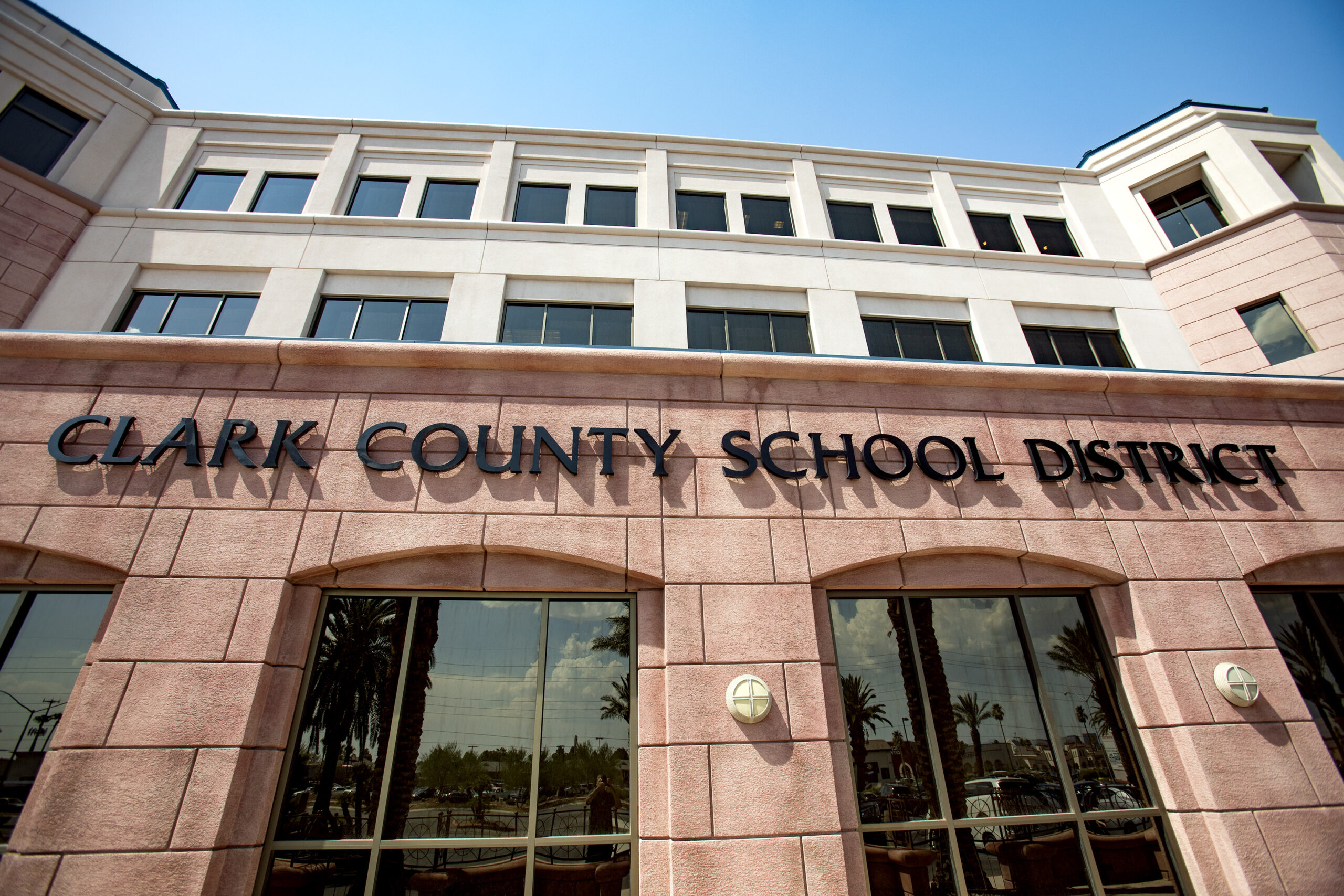Progress in the Clark County School District

By David Osborne
On the recent National Assessment of Educational Progress (NAEP)—the “Nation’s Report Card—the Clark County School District showed significant improvement at the fourth grade level but no progress in eighth grade. On NAEP’s fourth and eighth grade reading and math tests, CCSD students performed about half a grade level below the national average—roughly equal to the average large urban district.
Beneath these numbers lies a more important story, however. African Americans, who make up 16 percent of all CCSD students, tested about 30 points—or three grade levels—behind white students. (On the NAEP tests, 10 points is considered one year of learning.) Hispanics, who make up 46 percent of students, tested about 20 points—two grade levels—behind whites.
This is the sad reality of education in America: low-income minorities—those who need the most help to share in the American dream—lag the furthest behind.
How can CCSD change that by expanding opportunity to as many students as possible? Last September, more than 200 civic and education activists and leaders, brought together by Opportunity 180, attended a summit on “Creating a 21st Century Education System.” They heard from leaders in other cities that were attacking this challenge, including Denver and Indianapolis. After discussing what these cities had done, participants voted on which strategies had the greatest potential in Clark County.
Their top choice was a strategy that has generated the fastest improvement in the nation, from Chicago to Washington, D.C., New Orleans to Denver: replacing struggling schools with new ones operated by leaders who have already proven they can succeed with poor, minority kids. (School boards can guarantee jobs in other district schools to staff from closed schools, if they so choose.)
In Chicago, for instance, Arne Duncan launched “Renaissance 2010,” with a goal of replacing 100 struggling schools (out of 650 total schools) between 2005 and 2010. Duncan left in 2009 to become President Obama’s secretary of education, but Chicago still managed to close 60 schools and replace them with 92 new ones—charter schools, district schools, and nonprofit schools on contract with the district. The result: between 2009 and 2014, Chicago experienced some of the fastest academic growth in the country.
In New Orleans, after Hurricane Katrina flooded most public schools in 2005, the state legislature placed all but 17 city schools in a statewide Recovery School District (RSD) it had created two years before, to turn around failing schools. As the RSD reopened schools, it gradually handed them to charter school operators.
The transition took a decade, but today all public schools in New Orleans are charter schools, which report to the local elected school board. They have significant autonomy, but the board holds them accountable: If the children are not learning enough, the school loses its charter and another operator usually takes over.
In the first decade of this transition, New Orleans achieved the nation’s most rapid academic growth. Before the state adopted a new standardized test in 2015, the RSD charters in New Orleans improved almost four times faster than the state, moving from 23 percent testing at grade level in 2007 to 57 percent in 2014. Before the reforms, 62 percent of New Orleans students attended “F” schools, rated failing by the state. Today the bar is set higher, but only 8 percent attend “F” schools. Before reform, fewer than 20 percent of all students went on to college. In 2018, 78 percent graduated in four years and 60 percent of them entered college—higher than the state rate. New Orleans was our first high-poverty city to outperform its state on two important metrics: five-year graduation rate and college-going rate.
Economist Douglas Harris, who leads the Education Research Alliance at Tulane University, has studied this process in depth. His conclusion: “We are not aware of any other districts that have made such large improvements in such a short time.” The most important factor, Harris found, was the replacement of failing schools by more effective schools.
The second most popular strategy at September’s summit was creating a universal enrollment system for all public schools, both district- and charter-operated. Cities as diverse as Denver, Washington, D.C., Newark, New Orleans, and Indianapolis have done this, to make sure all families have an equal shot at quality schools.
In Clark County, with 360 district-operated schools, most children are assigned, or “zoned,” to a school near their home. Families do have some choices: they can apply to one of the district’s 46 magnet schools, career-tech high schools, or “select high schools” (with career-tech, advanced placement, and other specialized courses). They can request a variance to send their child to a non-assigned school, which requires permission from both principals. They can enroll in one of the roughly 60 schools with empty seats that accept choice students—but this helps only about 3,700 of the district’s 320,000 children. Or they can choose from among 55 public charter schools, which educate another 45,000.
In situations like this, where limited choice exists, those with more education, money, and time to research schools and butter up principals wind up with the best opportunities. Parents who don’t speak English, work two jobs, don’t have a car, or don’t have the confidence to lobby principals usually settle for their neighborhood school. If they are poor, their children’s chances of landing in a high performing school are low.
By letting every family list their top six or more choices and using a computer program to match children to schools, districts level the playing field, giving low-income families more equal opportunity. In a district as sprawling as CCSD, transporting students all over the county would be expensive, so universal enrollment zones within each of its three regions might make more sense.
Over time, these two strategies would increase the number of quality schools and give all students a more equal chance to enroll in them. That could turbocharge the progress CCSD is already making.
David Osborne, author of Reinventing America’s Schools: Creating a 21st Century Education System, leads the K-12 education work of the Progressive Policy Institute, in Washington, D.C.
